2017 Dasan Conference
2017. 12. 1(금) ~ 2(토), Novotel Ambassador Busan
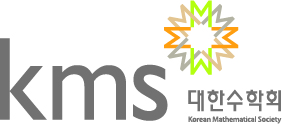
2017. 12. 1(금) ~ 2(토), Novotel Ambassador Busan
◎ Plenary Lecture (Friday, Dec. 1, 2017, 13:30~14:20)
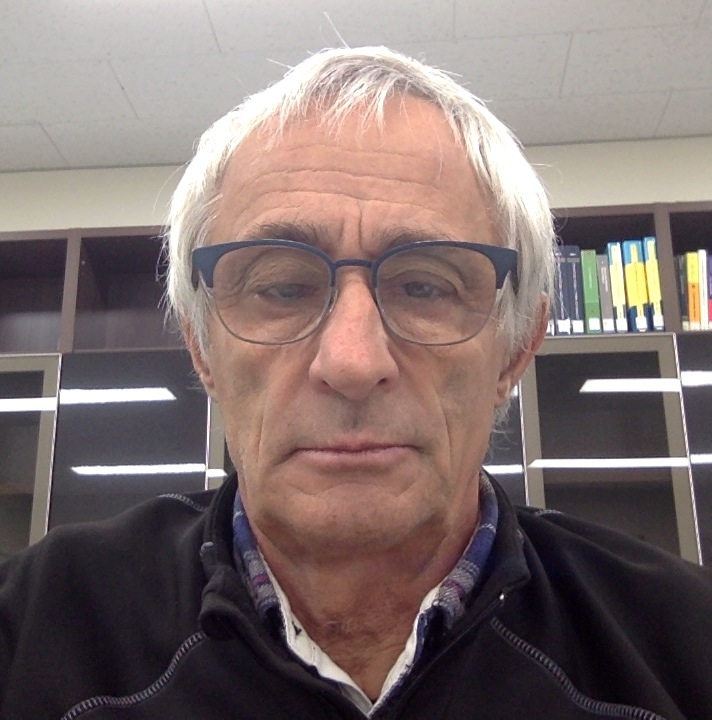 |
Frédéric Campana • Professor, Département de mathématiques, Université de Lorraine, France • KIAS scholar • Institut universitaire de France Title: Positivity and algebraicity of foliations on complex projective manifolds Algebraic varieties are just sets of solutions of systems of polynomial equations $P_j(x_1,\dots,x_n)$ with coefficients taken in some field $k$. In the most fundamental case $k=\Bbb C$ considered here, these sets can be desingularized and compactified to get complex projective manifolds, studied by either algebraic of analytic means. They lie at the heart of most domains of mathematics: arithmetics, algebra, representation and group theory, topology, differential and Riemannian geometry, PDE's...Their central invariant is their canonical line bundle, determinant of the cotangent bundle, whose sections are holomorphic complex volume forms. A general principle of algebraic geometry is that the qualitative geometry (and much more) can be read from the positivity/negativity properties, suitably defined, of the canonical/cotangent bundles. In differential geometry, this corresponds to the (opposite) sign of the Ricci curvature. In this talk, we shall describe striking results obtained during the last $3$ decades, illustrating this principle: the negativity of the canonical/cotangent bundle is exactly related to the amount of rational curves (ie: complex projective lines) on the manifold. The manifold is covered/connected by lines if its canonical/cotangent bundle is negative. Moreover, the fibrations with fibres connected by lines are detected by foliations with `positive slope', which have thus algebraic leaves. The notions used will be defined in possible simplest terms. |
◎ Plenary Lecture (Saturday, Dec. 2, 2017, 09:00~09:50)
|
Stanley Osher • Professor, Department of Mathematics, University of California at Los Angeles, USA Title: High dimensional Hamilton-Jacobi equations as tools for optimizing deep neural nets, optimal control and differential games We will present methods using HJ PDE’s for overcoming the curse of dimensionality in control and differential games and discuss the associated optimization methods. We will also use related ideas for solving nonconvex optimization problems arising, e.g., in machine learning and deep neural nets. |
◎ Invited Lecture (Friday, Dec. 1, 2017, 14:40~15:20)
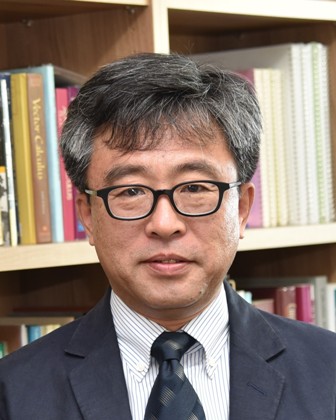 |
Hyeonbae Kang • Professor, Inha University Title: The spectral theory of the Neumann-Poincare operator, a survey There has been growing interest in spectral properties on the Neumann-Poincare operator, which, sometimes called the double layer potential, is a boundary integral operator defined by derivatives of the fundamental solution. This is due to its fundamental connection to imaging and invisibility cloaking. In fact, plasmon resonance on a surface, which is utilized for imaging, occurs at the eigenvalues of the NP operator in the quasi-static limit, and anomalous localized resonance for invisibility cloaking occurs at the limit point of the eigenvalues. In the last decade we have been witnessing important progresses in the spectral theory of the NP operator, which we review in this talk. We will also discuss some outstanding problems regarding the NP spectral theory. |
◎ Invited Lecture (Friday, Dec. 1, 2017, 15:20~16:00)
_조정.jpg) |
YoungJu Choie • Professor, Department of Mathematics, POSTECH Title: A vital role of automorphic forms in number theory In modern mathematics it is hard to imagine that automorphic forms and number theory are separated. For instance, automorphic forms played a key role in a proof of Fermat's Last Theorem by A. Wiles. I will try to explain the roles of automorphic forms in arithmetic. |
◎ Invited Lecture (Friday, Dec. 1, 2017, 16:20~17:00)
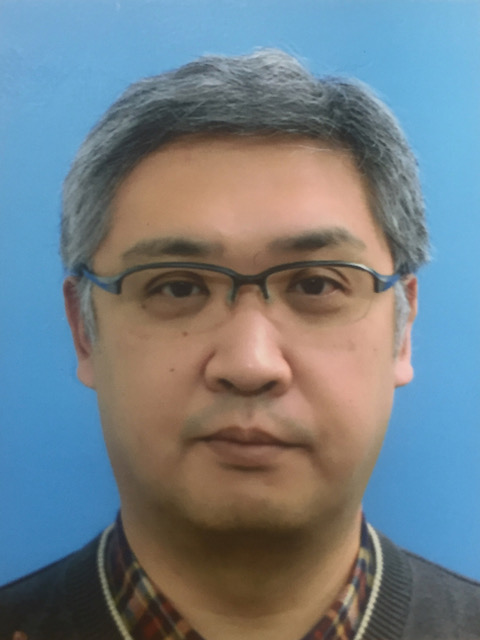 |
Kenji Kajiwara • Professor, Institute for Mathematics in Industry, Kyushu University, Japan Title: Log-Aesthetic curves in industrial design as a similarity geometric analogue of Euler’s elastic curves The class of plane curves called the Euler’s elastic curves is one of the most important geometric objects and serves as a basic model in the elastic theory. It can be characterized (1) as a critical point of the elastic energy where it is given by the square of the Euclidean curvature, (2) as the stationary flow with respect to the isoperimetric deformation of plane curves in the Euclidean geometry governed by the modified KdV equation, which is one of the most typical integrable systems. In this talk, we consider a class of plane curves called the log-aesthetic curves and their generalization which is used in the industrial design. We investigate those curves under the similarity geometry and characterize them as stationary integrable flow on plane curves which is governed by the Burgers equation. We propose a variational formulation of those curves whose Euler-Lagrange equation yields the stationary Burgers equation. Our result suggests that the log-aesthetic curves and their generalization can be regarded as the similarity geometric analogue of the Euler’s elastic curves, which provides a new mathematical framework of those curves and would yield various generalizations. [This is a joint work with Jun-ichi Inoguchi (University of Tsukuba), Kenjiro T. Miura (Shizuoka University) and Wolfgang K. Schief (University of New South Wales).] |
◎ Invited Lecture (Saturday, Dec. 2, 2017, 09:50~10:30)
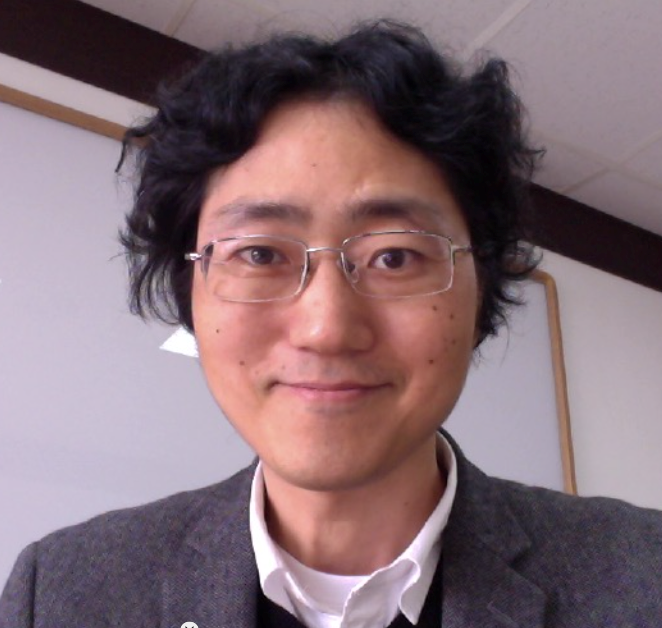 |
Jae-Hun Jung • Professor, Ajou University, Korea & SUNY Buffalo, USA Title: Topological data analysis of vascular disease Cardiovascular disease is the leading cause of death world-wide. About 17.3 million people die every year and the number of deaths is expected to exceed 23.6 million by 2030. Better understanding and classifying of the types of vasculature can help save more lives. Diagnosis is based on the anatomical approach using the angiography and/or direct measurement of the fractional flow reserve with catheter or computational fluid dynamics. Numerical indices obtained by these methods, however, do not necessarily provide clear interpretation of the vasculature unless the case is extreme and the intervention is inevitable. In this talk, we present a new additional approach using the topological data analysis for the stenotic vascular flows. The key element of the topological data analysis for vascular disease presented in this talk is to project the physical data unto the n-dimensional unit sphere and then find the number of generators of the homology group at each dimension. For the vascular data, we use the spectral element method and solve the incompressible Navier-Stokes equations. By generating more refined numerical indicators, the proposed method could provide more definite interpretation in the ambiguous range of the numerical indices and more accurate diagnosis of the disease. [This is a joint work with John Nicponski (SUNY Buffalo).] |
◎ Invited Lecture (Saturday, Dec. 2, 2017, 10:50~11:30)
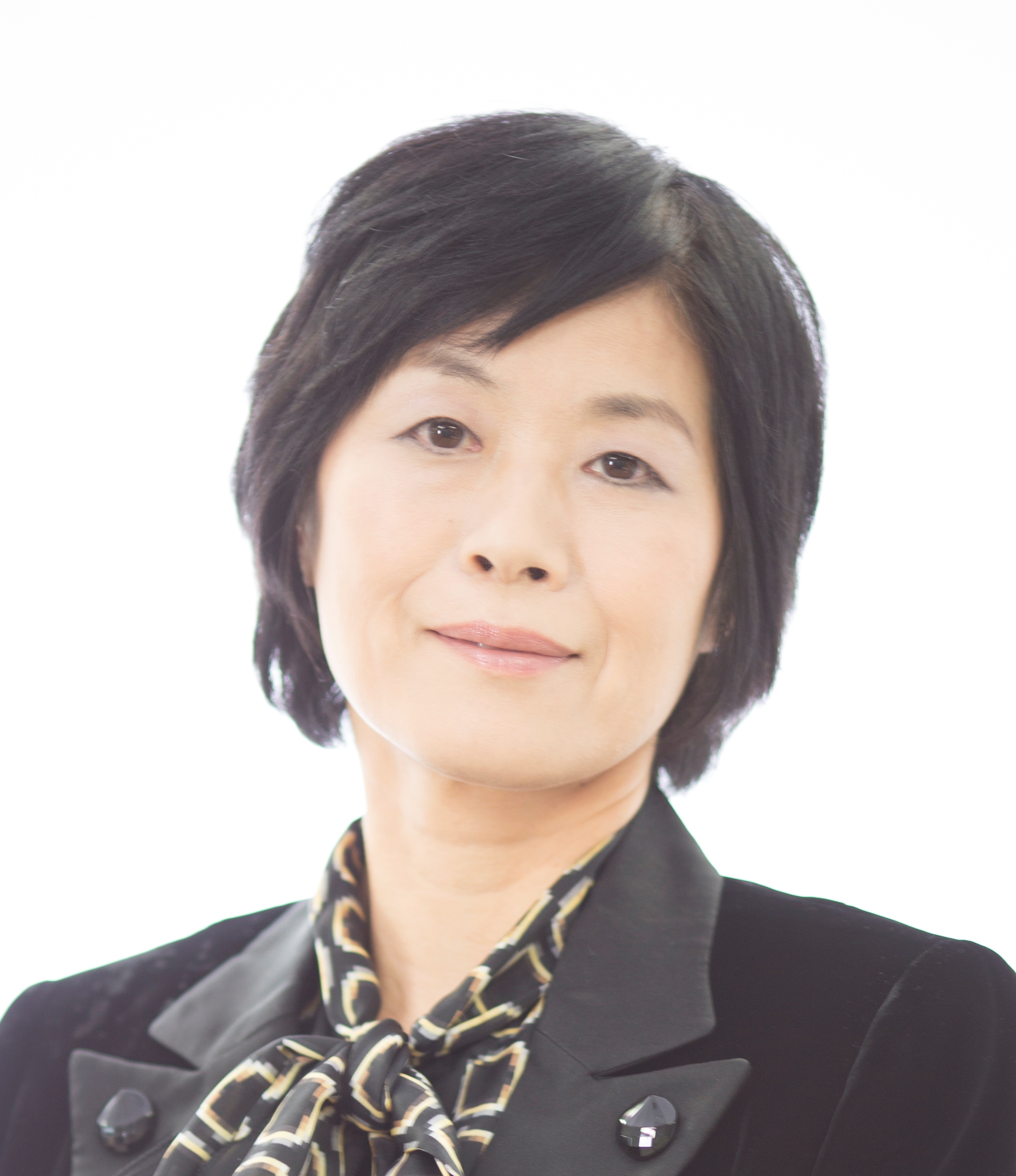 |
Motoko Kotani • Professor, Director of Advanced Institute for Material Research, Tohoku University, Japan Title: Mathematical challenge for materials science Modern material research and development concerns microscopic structures. Materials is a complex system with multiscale hierarchies. Mathematics is required to bridge between scales. We apply knowledge of discrete geometric analysis to respond those challenges in materials such as non-equilibrium materials, topological materials, multi-scale materials. |
◎ Invited Lecture (Saturday, Dec. 2, 2017, 13:20~14:00)
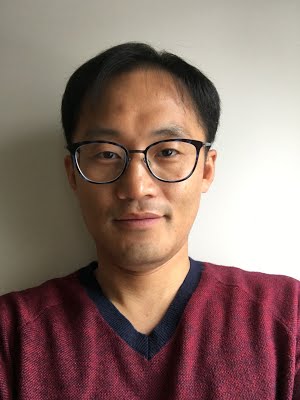 |
Kyoung Jin Choi • Professor, Haskayne School of Business, University of Calgary, Canada Title: Retirement-consumption puzzle: A theory and evidence from leisure spending There has been a long debate during the last two decades on the retirement-consumption puzzle in economics and finance. The early literature in the late 1990s mostly suggested that the household consumption in many countries significantly drops at retirement, which is against the result from standard life cycle models. However, some researchers in mid 2000s started to argue that there is no puzzle if the time-use after retirement is considered. We revisit the puzzle by using a novel data set from Singapore Life Panel (SLP). We find that the retired not only decrease their spending in food expenditure, but also in their leisure. More importantly, this pattern is mostly driven by the married households and this heterogeneity shows that unlike the food spending, the leisure related spending is rarely substituted by time spending. In order to explain the above empirical findings, we develop a household consumption-investment model with voluntary retirement, having multiple goods and services. We characterize the condition of when and which type of consumption jumps after retirement. Our result can explain why there is the consumption drop at retirement and why there is the heterogeneity in the leisure spending between the married and the single households. [This is a joint work with Jungho Lee(Singapore Management University) and Sunha Myong(Singapore Management University).] |
◎ Invited Lecture (Saturday, Dec. 2, 2017, 14:00~14:40)
|
Jin Keun Seo • Professor, Yonsei University Title: Deep learning for medical image analysis Machine learning techniques are increasingly being used in medical image analysis. In particular, the ConvNet method has been widely applied to analyze high-level features from medical images. Deep learning methods in medicine have faced obstacles owing to the limitation of gathering labeled clinical data: It is difficult to collect sufficient data to guarantee satisfactory classification for various cases of medical images. This problem can be evaded by designing modality specific structured ConvNet, which takes account of doctor’s decision process, anatomical structure, and the characteristics of the medical image. To achieve end-to-end solutions with practical significance and value, it is necessary to have an in-depth understanding of the underlying physical phenomena with data acquisition systems as well as the details of learning algorithms about how feature representation is created. These topics will be discussed in this talk. |
◎ Invited Lecture (Saturday, Dec. 2, 2017, 15:00~15:40)
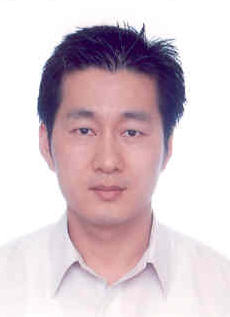 |
MinChul Ma • Doctor, Big Data Division, Samsung SDS Title: Samsung inference engine based on AI algorithm Samsung Life Insurance (SLI) needed to find a way to improve their sales in a mature and saturated market. To do this, they consolidated their siloed customer data and developed “Smart Advisor”, which uses machine learning to help insurance sales agents understand who to sell to, what to sell, and how to sell it. Smart Advisor does everything from finding high quality sales prospects to recommending specific products and scripts based on individual customer profiles. The implementation of Smart Advisor contributed to 11% YoY revenue growth, along with 15mn USD in cost savings. |
◎ Invited Lecture (Saturday, Dec. 2, 2017, 15:40~16:20)
|
Gyu M. Lee • Professor, Pusan National University Title: Experiences from Industrial Engineering and Operations Research and the Future of Industrie 4.0. Industrial engineering and operations research has solved a wide spectrum of engineering and industry problems successfully using mathematics and data analytics as a tool. Various industrial problems will be presented with theirs mathematical modeling and its solution methodologies in the past. The talk will includes the industrial revolutions from the industry perspective and the future industrial problems under our upcoming changes around the globe. |